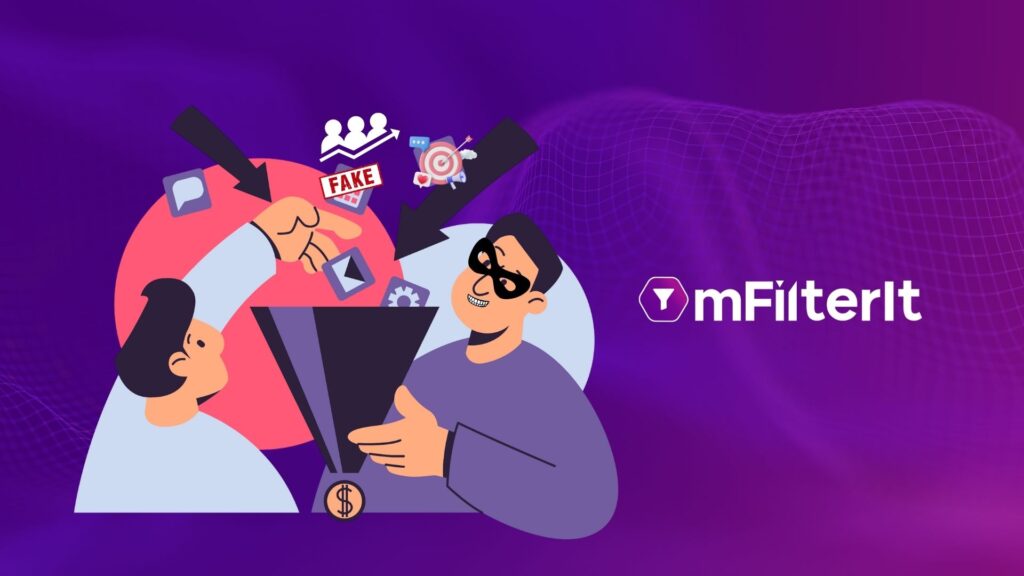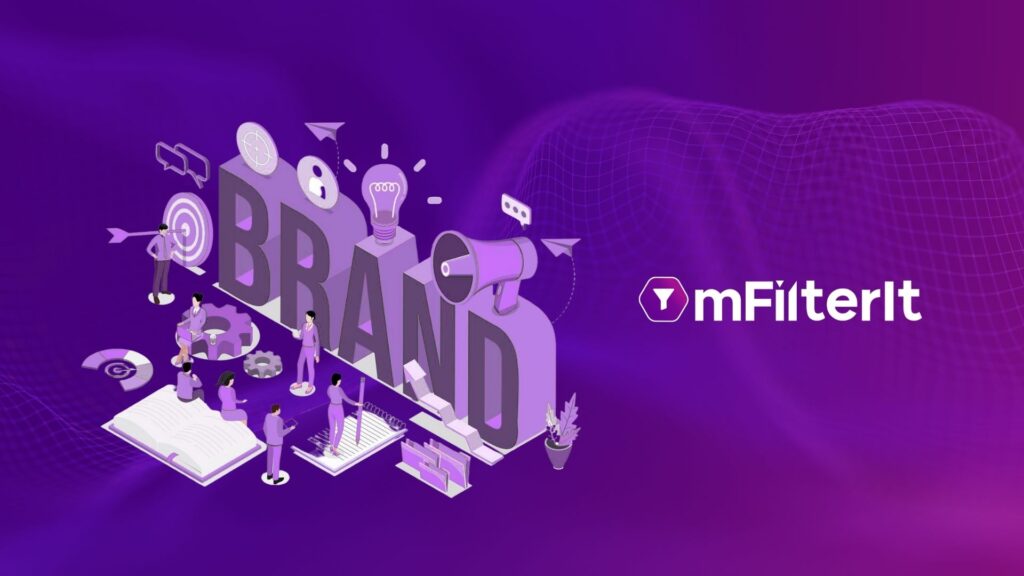2023 is coming with a storm of changes in the digital advertising world. Meanwhile, the bots are also ready to upgrade themselves to steal the advertiser’s money.
According to the Statista report, the global cost of loss in ad budgets is going to reach $100 bn. in 2023. To ensure the advertisers are also ready with their armor to protect their ad campaigns next year, it is important to let go of a few beliefs that might have led to some mistakes in 2022.
We are here with an exclusive marketer’s checklist to help digital advertising to stop believing in things that are pulling back their digital growth. By letting go of these thoughts’ advertisers can be prepared to “Advertise Fearlessly” in 2023.
Table of Contents
Toggle1. Stop Believing That Programmatic Publisher’s Reports Are 100%
One of the biggest disadvantages of programmatic ad is the lack of transparency. In this case, to give a clear picture the publishers provide a report including the ad placements and where the brand’s budget was spent.
However, in most cases, the fraudulent publishers provide a skewed report to receive their payments. It is important to not trust the publisher’s report because they don’t know if the placement, they are claiming is true or not. For example, they claim that the ads are running on BBC. But there is still a glimmer of doubt about whether it actually running on BBC or not.
Therefore, it is essential for advertisers to resort to validating their ad traffic and not trusting the publisher’s report. By understanding the amount of invalid traffic coming they can make payments based on the clean traffic and partner with confidence.
2. Stop Believing OEM Platforms Are Fraud Free
OEM app stores are believed to provide high-quality users and significantly increase the visibility of an app. It also results in being an optimum platform to attract high installs. Due to fewer restrictions, these platforms can also be used by apps removed from Google Play Store to increase their market growth. The OEM app stores receive a security certification and clearance from the mobile manufacturer.
However, it doesn’t have the required safety provided by Google Play store apps against potentially harmful apps. The publishers claim OEM traffic is fraud-free, however in reality they provide mixed traffic. When a person purchases a device, the OEM apps are pre-installed in them. In the pre-installed/pre-burned app case, the digital advertiser is paying the handset for those pre-burns. So they have incurred a cost here, and then when the affiliate/OEM partners get those apps opened, the advertiser again pays for the same install.
This way, the digital advertising is under the impression that they are getting unique traffic. But the reality is that they are actually paying the customer acquisition cost for the same person twice.
Therefore, it is essential for app advertisers to deploy third-party ad traffic validation solutions to safeguard their apps on third-party app stores. With an ad traffic validation suite, the digital advertising can verify the quality of installs and the devices from which it has been installed to ensure the traffic is genuine.
3. Stop Believing That Performance campaigns are fraud free
One of the many misconceptions that digital advertising and agencies have is that no fraud happens on performance campaigns as they are targeted campaigns. It is believed that even though media campaigns are prone to ad fraud, performance campaigns cannot be skewed by publishers with invalid traffic. This is because they are paying for performance, and they are getting performance
However, over time the bots have become sophisticated and can easily imitate human behavior. The advancement of the bots has reached a level where the events like filling a lead form, making a purchase and other events can also be spoofed. According to our findings, performance campaigns (CPC/CPV/CPL/CPS) attract up to 30-35% of invalid traffic across the industry. Therefore, it is important to do a full-funnel check of the performance campaigns to ensure they are not hampered by invalid traffic.
4. Stop Believing MMP Fraud Protection Is Enough
There are a number of MMPs or attribution platforms that claim to detect invalid traffic on ad campaigns. However, this is a conflict of interest. MMPs revenue is generated from the number of attributions. And when the more numbers of fraud they detect on attributed sources, their revenue decreases. This causes a conflict of interest and therefore the real fraud is left undetected.
According to mFilterIt findings, we have detected 50-60% fraud on the same ad traffic in which MMP has detected 20% fraud. In this case, the digital advertising is in the shadow that the fraud on their ad campaigns has been detected and prevented. But the reality is that they are still paying for the ad traffic coming from bots. On top of that, the MMPs have limitations in detecting invalid traffic at the impression level and have minimal checks that often miss out on sophisticated fraud patterns.
Therefore, it is essential for marketers to partner with an ad traffic validation suite to ensure their ad campaigns are getting clean traffic. Moreover, the marketers must also ensure that their traffic verification partner’s solution is not limited to just detecting invalid sources at the impression level but also at the click stage, re-engagement and referral.
5. Stop Believing keyword blacklisting is enough for brand safety
Brand safety is no more a choice, rather it has become a necessity for brands to stay protected in the digital landscape. One of the key reasons brands need a brand safety suite is to ensure their ads are not placed beside violence, hate speech, morbidity, and other derogatory content.
Blacklisting certain keywords to ensure the ads are not displayed next to illicit content is one of the common ways to deal with such issues. However, it is not enough to ensure the safety of ads. One of the loopholes of keyword blacklisting is that it assumes that the platform knows the context of the content. It can be relevant for English-focused content, but in the case of regional content, it is a different narrative. The platforms don’t support regional languages, especially in a country like India. Therefore, keyword blacklisting is not an effective method.
For example, what if the terrorists use ‘bread’ instead of ‘bomb’ in their meta tags and descriptions and the ads show up next to videos of violent terrorist activities? In this way, blacklisted keywords are bypassed.
To ensure that the ads are holistically protected, the advertisers need context-based blacklisting which detects unsafe ad placements based on the context of the content.
6. Stop Believing ad traffic validation slows down your growth
There has been a buzz in the digital advertising world that using ad fraud software can slow down the growth of a business. However, there is a different side to the story.
Publishers lose a high percentage of their revenue due to ad traffic validation solutions. For example, if an ad fraud detection and prevention provider detect 70% fraud in the total traffic coming from a specific publisher, it can directly affect the revenue of the publisher as they will receive the payout of only 30% genuine traffic.
Contrary to the ad fraud detection myth, using an ad traffic validation suite can help advertisers to optimize their campaigns better by eliminating bad sources. In addition to this, getting clarity on the ad traffic coming from publishers will help advertisers partner fearlessly.
7. Stop Believing in using thumb rules can detect fraud
There is no one rule to detect ad fraud especially when the evolution of fraudulent practices is happening rapidly. MMPs offer advertisers the leverage to choose the rules of fraud detection. However, fraud keeps evolving day by day. Thus, the system also needs to be updated, unlike the MMP rule checks that take months to update.
Thumb rule checks are not capable of detecting sophisticated bot activities. As the fraud trends have evolved and bots can imitate human behavior to fool advertisers, it is important for advertisers to resort to a more advanced fraud detection solution. This will ensure that the invalid traffic is detected across the funnel and in real time.
8. Stop Believing that good ROAS means no fraud
Sophisticated bots are very advanced and can blend well with real humans to fool advertisers into thinking they are getting real conversions. They can fill a form, a lead, make a purchase, or even run on infected devices owned by real people. This way, bots can mimic a real attribution because they can use real cookies and device IDs. Therefore, a good ROAS cannot be a sign to believe that the ad campaign is fraud-free.
To detect these advanced sophisticated bot patterns and anomalies in the ad traffic, the advertisers need an advanced ad traffic validation solution that is capable to scan across the funnel. This will ensure that the bots are susceptible to getting caught at every stage of the funnel and advertisers can invest in real humans.
A Bold Move Towards 2023
Take the reign of your business in your hand and move towards a fearless digital advertising future with our advanced ad traffic validation and brand safety suite. Using the capabilities of AI, ML, and data science, we ensure to detect and prevent bad sources and help you take better decisions to optimize your campaigns better.
With new opportunities coming at the door, it is time to have the right set of solutions to safeguard your ad campaigns and help you see your business soar high in 2023.







